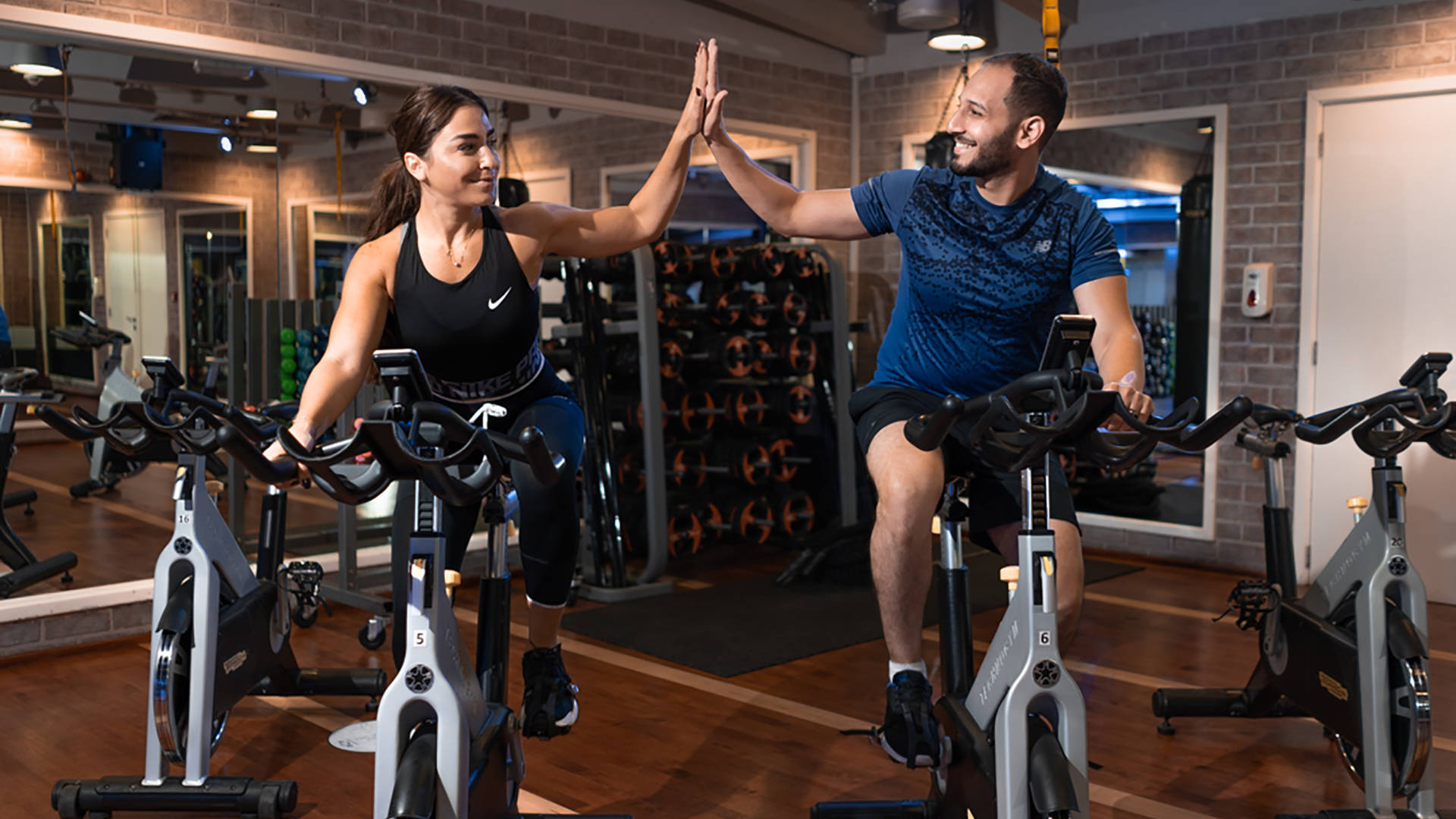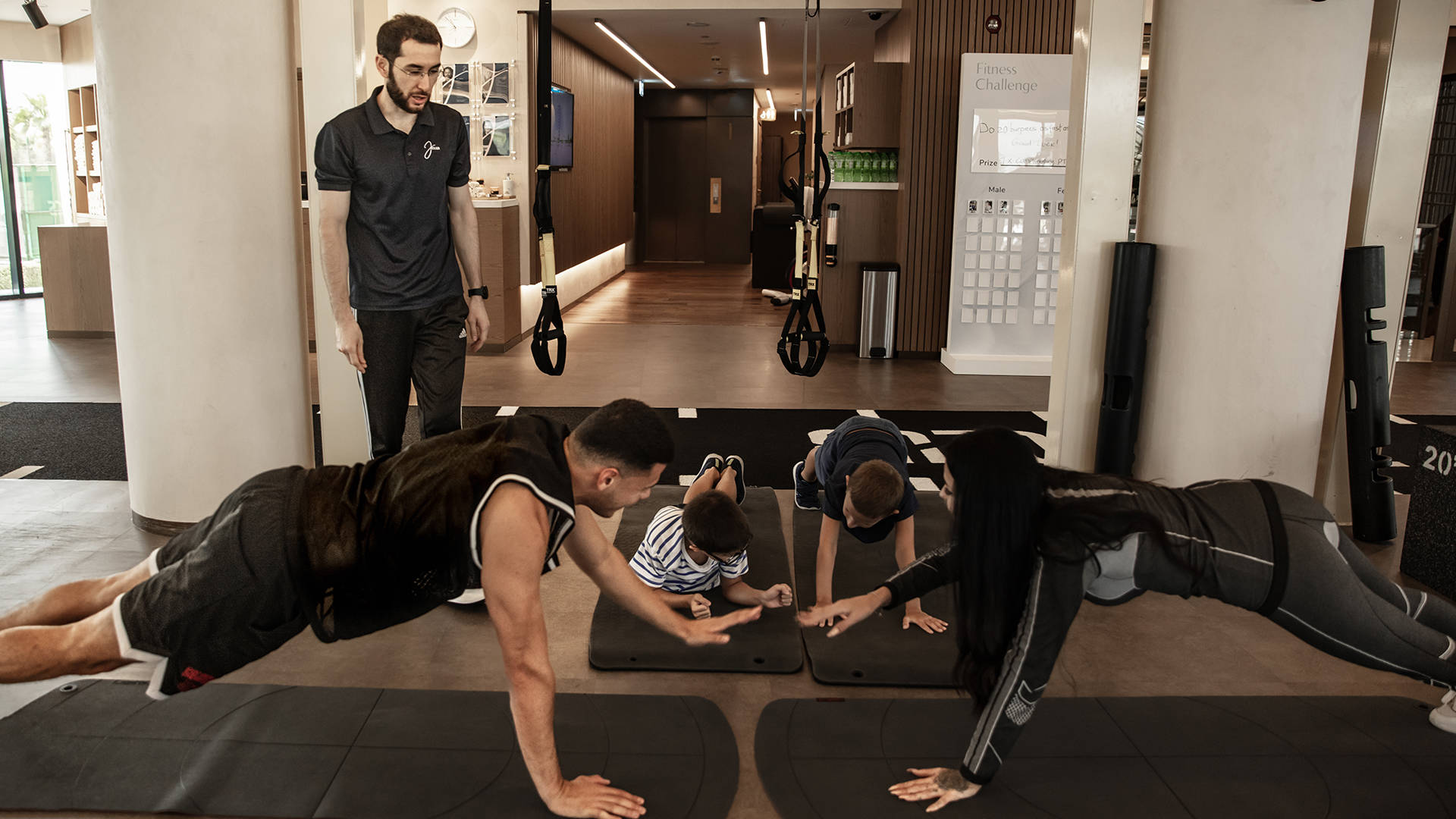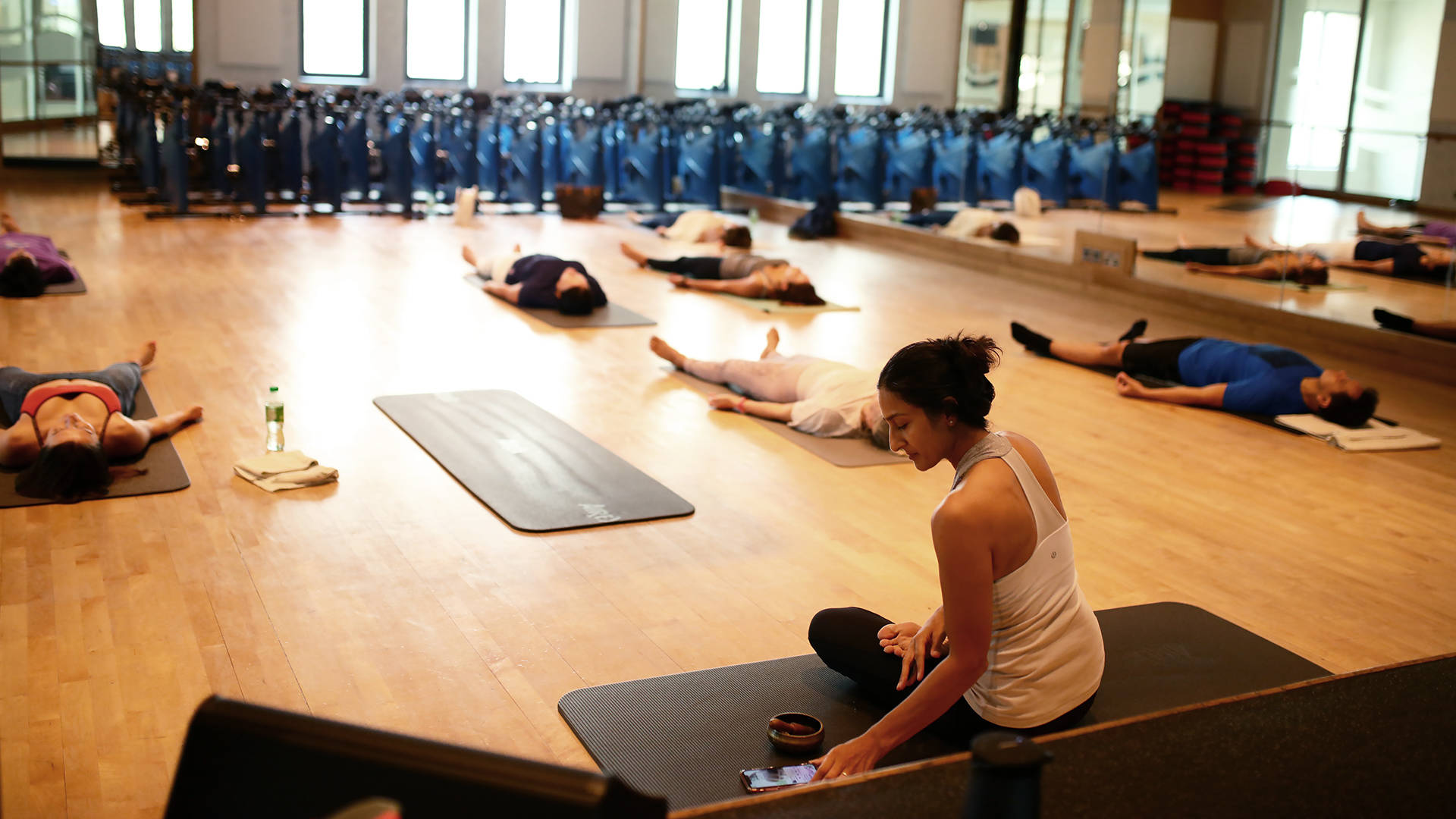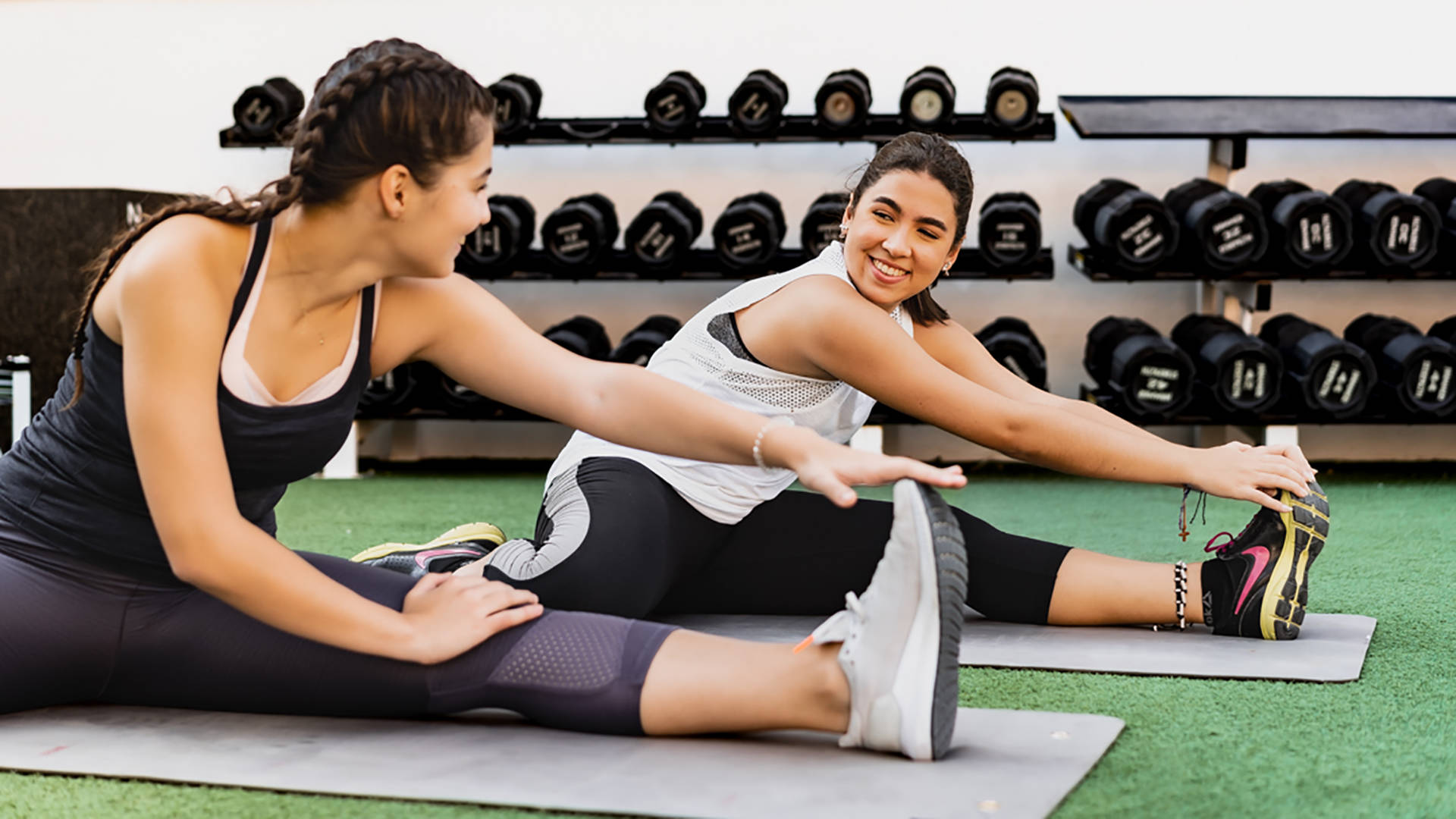5 Mobility Exercises to Improve Your Range of Motion
Long-term joint health, athletic performance, and daily mobility all depend on maintaining a healthy range of motion. Range of motion exercises guarantee that your joints are functioning smoothly and to their fullest capacity, which helps you prevent injuries and perform tasks more effortlessly. Flexibility is concerned with the length of your muscles, whereas range of motion focuses on how well your joints and muscles operate together. This post will discuss the benefits of mobility exercises and how they may keep you active and injury-free even when flexibility isn't emphasized.
What is Flexibility and Range of Motion?
Your body's flexibility is what allows it to move freely and effortlessly. It may have a big influence on your quality of life and is a crucial component of physical fitness. You may enjoy a variety of physical activities, ease daily tasks, and have less muscular strain if you have adequate flexibility. Conversely, range of motion describes a joint's whole range of motion, often its range of flexion and extension. A knee might flex from 0 degrees to 130 degrees, for instance. It's essential for keeping active living and healthy joints.
What Influences Your Range of Motion?
Your range of motion and flexibility can be affected by a number of variables, including the following
- Age: Your muscles naturally deteriorate with age, losing mass and strength and sometimes becoming less flexible.
- Gender: Compared to males, women are often more adaptable. This is due to the hormone relaxin, which can promote joint mobility and flexibility, being present in women's bodies in greater concentrations.
- Physical Health and problems: Your flexibility and range of motion can be impacted by a number of medical problems, including stress, fibromyalgia, and arthritis.
- Exercise Habits: Maintaining or increasing your range of motion and flexibility may be achieved with regular exercise, particularly stretching activities.
What are the Benefits of having a Good Range of Motion?
Enhancing your range of motion can provide several advantages, such as:
- Improved Posture and Alignment: By extending tight muscles that pull certain body parts out of alignment, increased flexibility can aid in the correction of bad posture.
- Reduced Risk of Injuries: A slightly extended movement might cause less damage to flexible muscles. You may avoid injuries and maintain the health of your muscles and joints by improving your range of motion and flexibility.
- Enhanced Physical Performance: Your body can function more efficiently during physical activities if it has better flexibility and range of motion.
- Strength: Greater flexibility can result in higher strength by enabling more movement.
- Better Balance and Stability: Being flexible can help you balance better and be more stable, which lowers your chance of falling or getting into an accident.
What are the Signs of Limited Range of Motion?
Identifying the signs of a restricted range of motion is the first step in getting well. Among the indications might be the following:
- Difficulty Performing Daily actions: Limited flexibility and range of motion may cause routine actions like bending, reaching, or twisting to become challenging.
- Pain During Movement: Pain or discomfort felt either while moving or when at rest may be a sign of decreased range of motion and flexibility.
- Reduced Physical Performance: A decrease in your range of motion and flexibility may be the cause of your diminishing physical performance. You may have tense, stiff muscles or a decrease in joint mobility.
How can I Improve my Range of Motion?
With dynamic stretching, you may progressively extend your range of motion and pick up more speed by moving different body parts. It is usually done to warm up the muscles before engaging in physical activities. Benefits of dynamic stretching include greater body awareness, higher muscular function, expanded range of motion, and improved flexibility. Similar to static stretching, dynamic stretching also requires prudence. Do these stretches only after a thorough warm-up, and refrain from swinging your body violently.
Here's a how-to for five dynamic stretches:
- Leg Swings: Swing your leg forth and backward while holding onto a steady object. Ten to fifteen times, repeat.
- Arm Circles: Spread your arms wide and create little circles, progressively enlarging them. For 20 to 30 seconds, repeat.
- High Knees: While marching, raise your knees as much as you can. For 20 to 30 seconds, repeat.
- Lunges: Bend your front leg to a 90-degree angle while taking a large stride forward. Maintain a straight back leg. Ten to fifteen times, repeat.
- Hip Circles: Place your feet shoulder-width apart and place your hands on your hips. Turn your hips in a circular motion. Ten to fifteen times, repeat.
What Type of Mobility Exercises Should I do to Improve my Range of Motion?
The purpose of mobility exercises is to extend your joints' and your soft tissues' range of motion. They are not the same as the range of motion exercises, which target joint flexibility, and flexibility exercises, which concentrate on muscle length. Improved performance, a lower chance of injury, greater circulation, and higher strength are all advantages of mobility exercises. Here is a quick overview of five mobility exercises:
- Rotate your ankle clockwise and counterclockwise while lifting one foot off the floor. Ten times over, repeat.
- Wrist Stretch: Stretch out one arm and bend your wrist up and down with the other hand. Ten times over, repeat.
- Neck Rotations: Slowly turn your neck in a circular manner while maintaining a straight back. Ten times over, repeat.
- Hip Flexor Stretch: Bring your hips forward while kneeling on one knee. Hold for a duration of 15-30 seconds.
- Thoracic Spine Rotation: While on all fours, move your upper body to widen your chest by placing one hand on your head. Ten times over, repeat.
In conclusion, improving your range of motion without focusing heavily on flexibility still offers significant benefits for your body’s overall movement and joint health. These mobility exercises ensure that your joints can function optimally, even if you’re not aiming for extreme flexibility. By incorporating these exercises into your routine, you’ll enhance your physical performance, reduce discomfort in everyday activities, and protect your body from long-term injury. Consistent practice will lead to smoother, more efficient movement, supporting a healthier and more active lifestyle. At J Club, our personal trainers are dedicated to guiding you through tailored mobility routines that suit your individual needs, ensuring you achieve the best results while minimizing the risk of injury.






